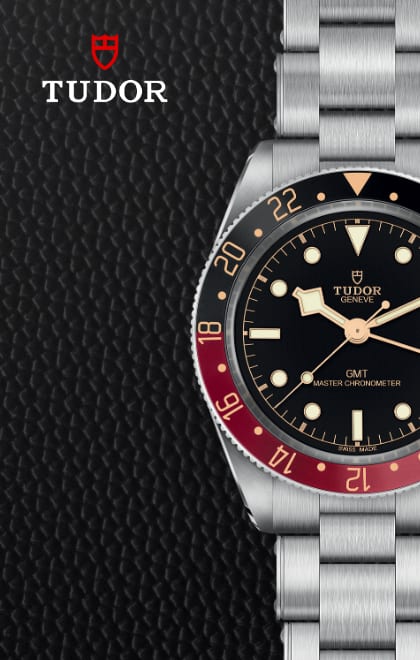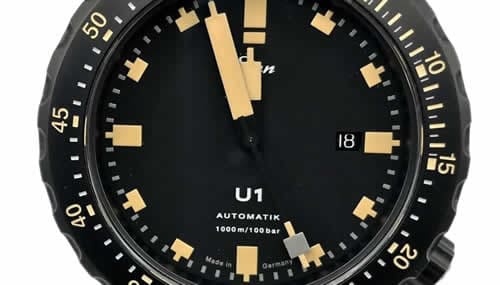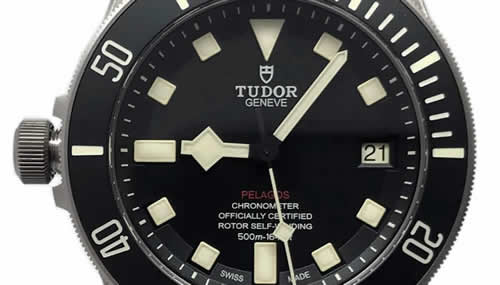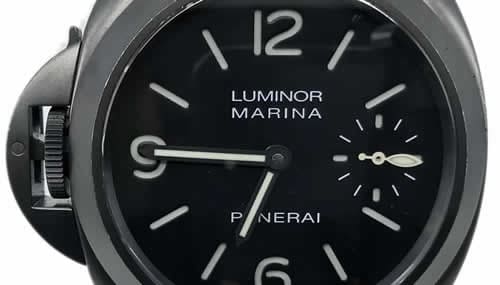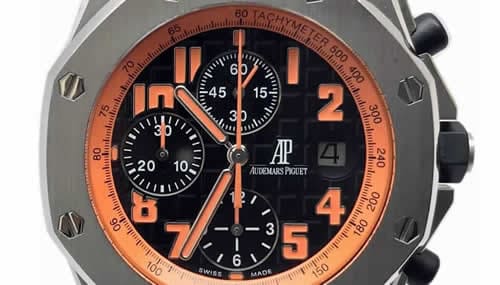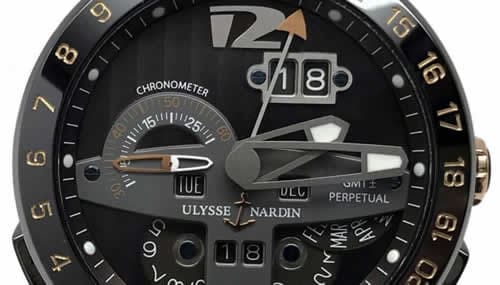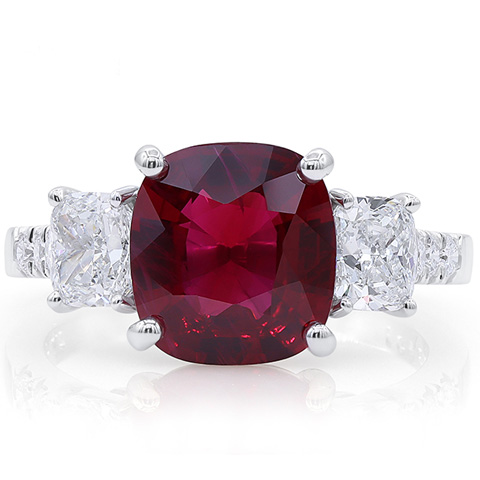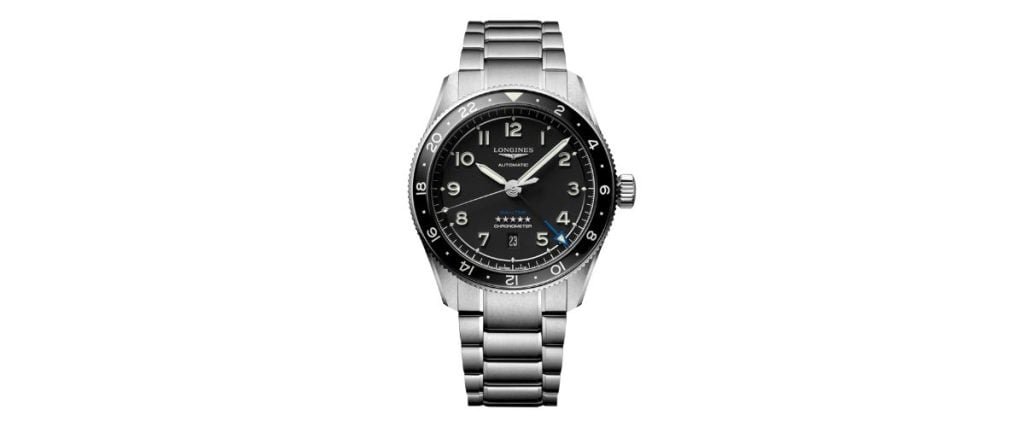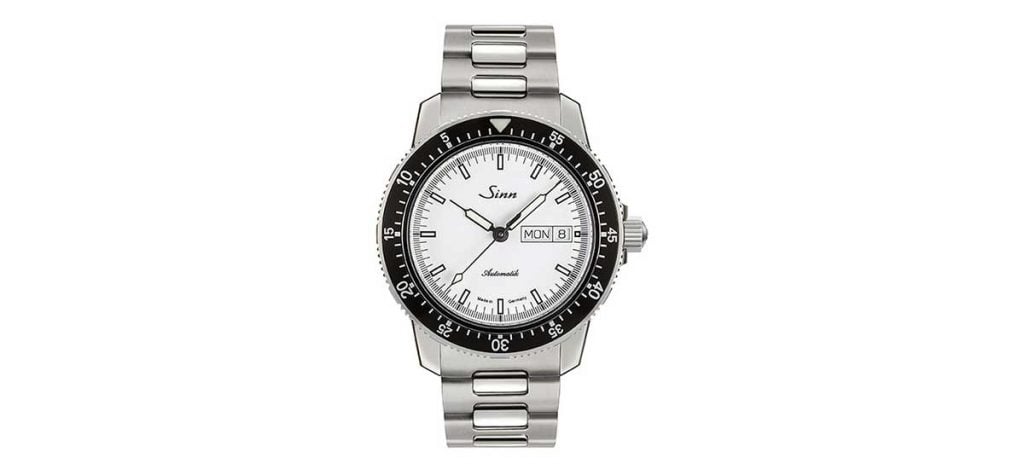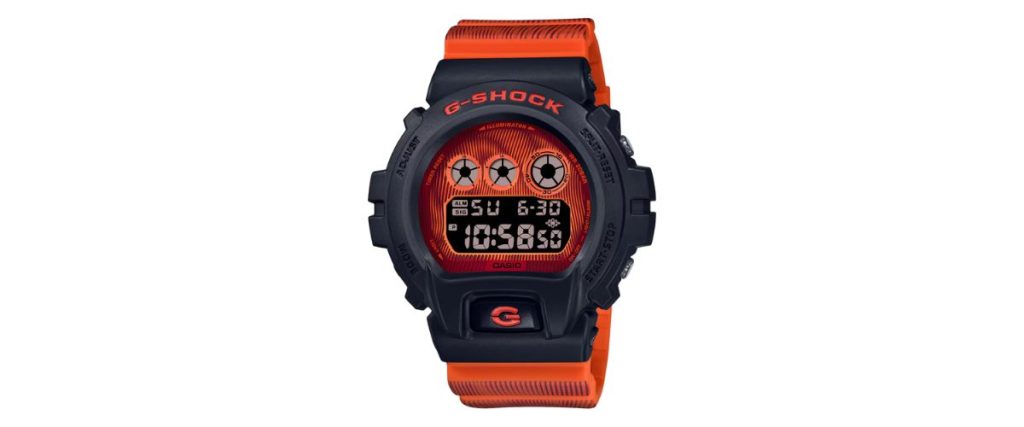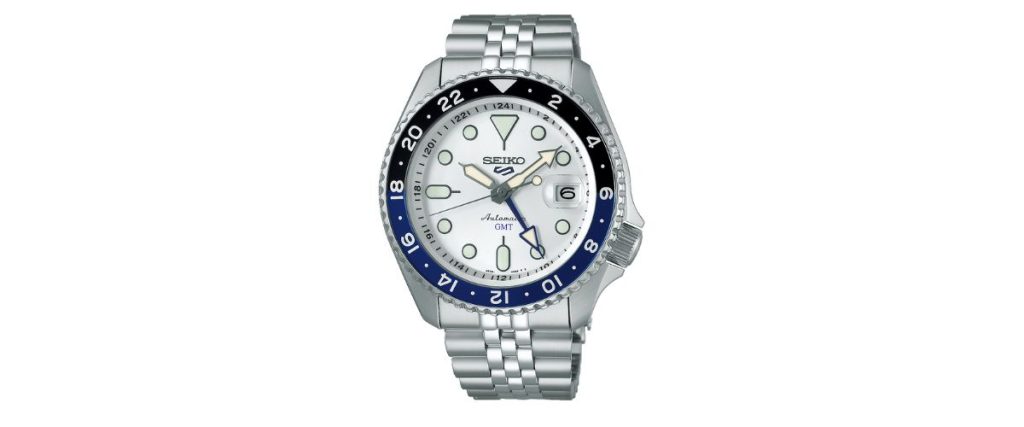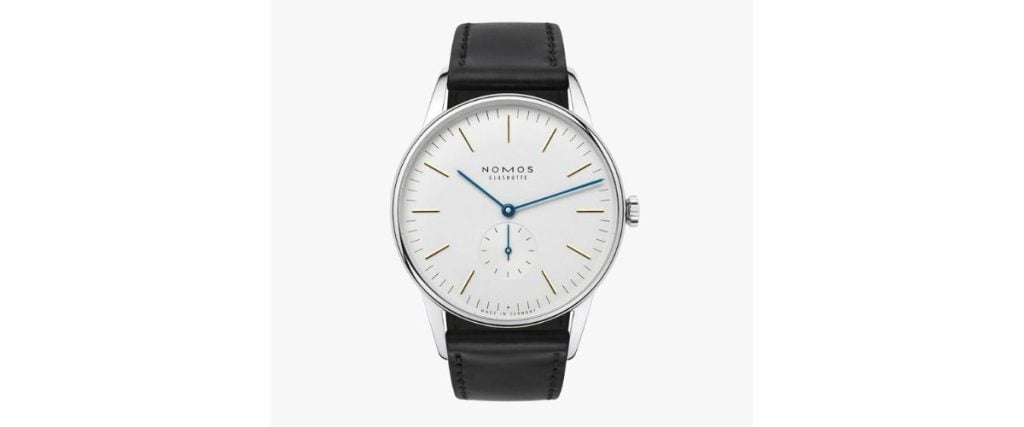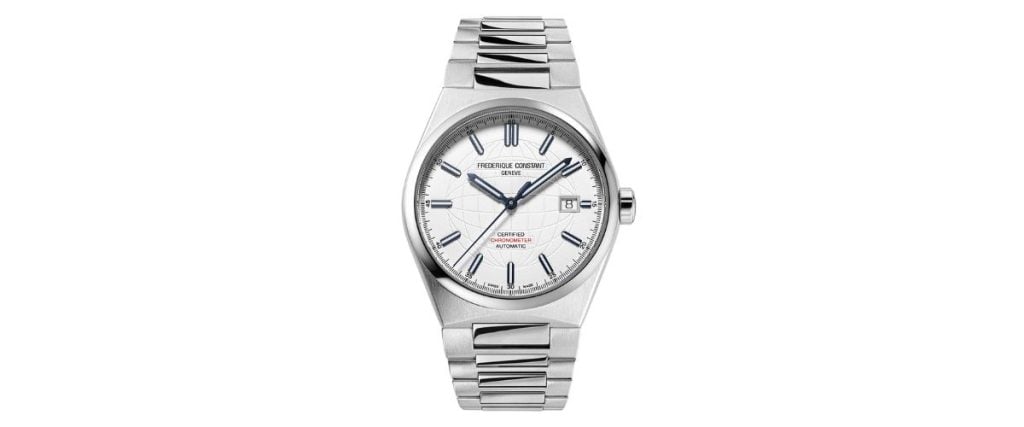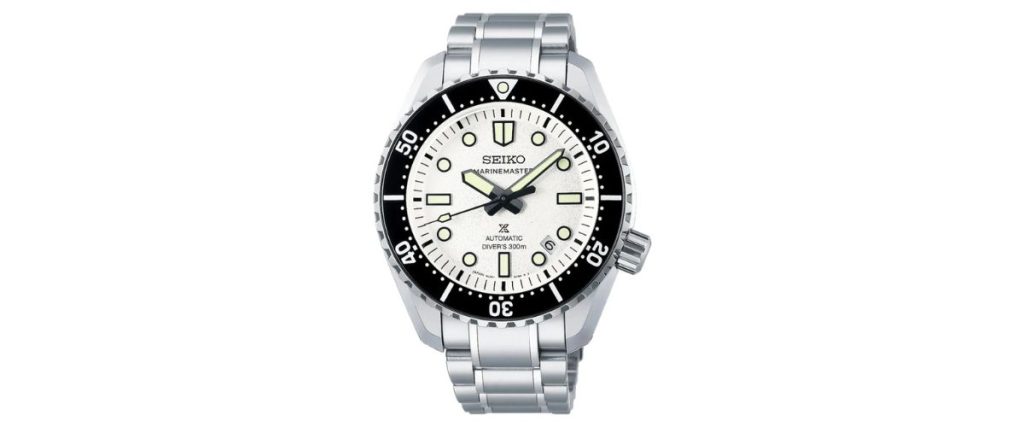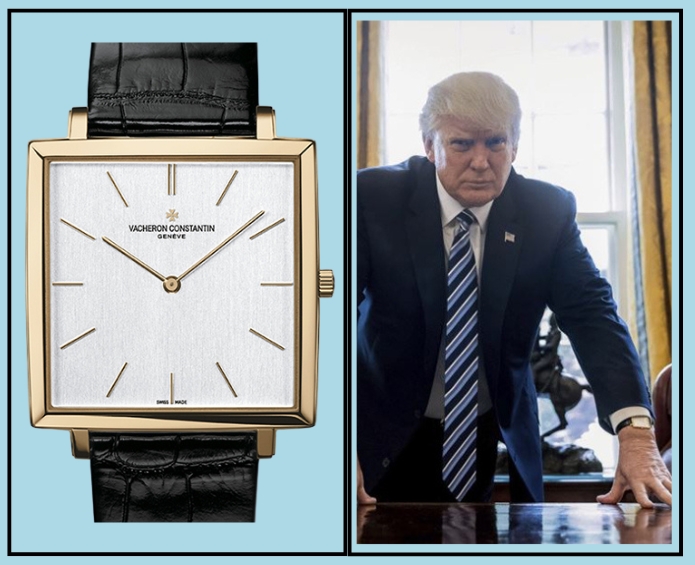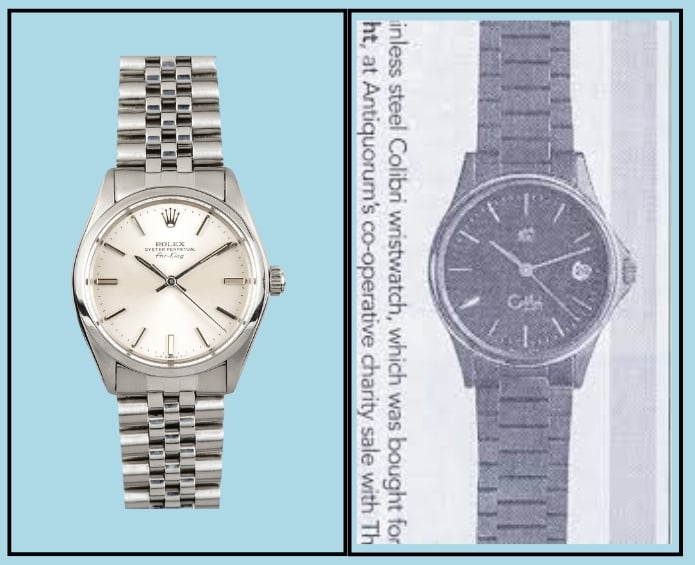
There’s real value in the pre-owned watch world like better prices, access to discontinued models, and the chance to own something with a bit of history behind it. But when you’re dropping serious cash on a single piece, it’s important to buy from someone you can actually trust.
Buying new is more straightforward. You just head to the brand’s site, find an authorized retailer, and you’re good to go. The pre-owned space isn’t quite that simple though.
You could be dealing with a private seller or a company that specializes in luxury watches, and not all of them are going to have the same policies and reputation.
You’ve got to know what to look out for. Things like certified authenticity, transparent service history, solid return policies – these all matter. So, to make the whole process a little easier, we’ve done the legwork for you. Here are the 7 best places to buy used watches online, all vetted and trusted, so you can shop with confidence.
The Benefits of Buying Watches Pre-Owned
There’s a lot to love about buying a watch pre-owned. One of the biggest advantages is the potential to save some money.
For many of us collectors, there’s a running list of dream watches we hope to own someday, and more often than not, the biggest barrier is the number staring back at us from our bank account. Pre-owned models often come in below retail, which can make that dream piece a reality sooner than expected.
It’s also where you’ll find the hard-to-get stuff. Limited editions, discontinued references, and cult-favorite models that sell out before you’ve even had a chance to think about them.
Sometimes, a release comes and goes in a flash and if you weren’t on the list or in the loop, you’re out of luck. That’s where the pre-owned market shines. It gives collectors a second shot at owning the pieces they thought had slipped through the cracks.
Similarly, exclusivity is a big part of the game. Some big name watchmakers like Rolex for example are not easy to find brand-new.
Try walking into a store and picking up a brand-new Submariner or Daytona off the shelf and you’ll often be met with a smile and a waiting list that can stretch two or three years.
And that’s if you even make it onto the list in the first place. That means that for a lot of collectors and first-time buyers, the pre-owned market is the only realistic choice.
There’s also something to be said for buying a watch that’s already lived a little. That slight patina on the case, the softened edges of the bezel, it all adds character. These watches have stories, and wearing one can feel more personal, more grounded than buying something factory fresh.
Finally, there’s value retention. A brand-new watch often takes a hit the second it leaves the boutique. Pre-owned, that depreciation has already happened. If you buy wisely, you’re less likely to lose value and in some cases, your piece might even appreciate over time.
The Best Places to Buy Used Watches
If you’re convinced that buying pre-owned is the way to go, the next big question is where to actually shop. With so many platforms out there, it can be tough to know who to trust. To save you the guesswork, we’ve pulled together our top picks of the best places to buy used watches.
1. Exquisite Timepieces
Exquisite Timepieces is a go-to spot for anyone serious about watches. Based in Naples, Florida, they’re an authorized retailer for over 60 luxury brands, and their pre-owned selection is just as impressive.
You’ll find everything from heavy hitters like Rolex, Omega, and IWC to high-end grails from Patek Philippe, Audemars Piguet, and Vacheron Constantin, all of which are carefully inspected and serviced before being listed for sale.
What makes them stand out is the range. Whether you’re after a sleek dress watch, something sportier or a rare limited edition you missed out on, there’s something for every style and budget.
Their attention to detail, reputation in the watch world, and transparent approach to selling pre-owned make them a trusted source for collectors and first-timers alike.
2. Chrono24
Chrono24 is one of the biggest and most trusted marketplaces for buying used watches online, and for good reason. It brings together thousands of professional dealers and private sellers from around the world under one digital roof.
They have a number of systems in place to give buyers the confidence to purchase. For starters, their Buyer Protection ensures your payment goes into a secure escrow account and only gets released to the seller once you’ve had 14 days to inspect your watch and make sure everything checks out.
Every watch listed also must meet Chrono24’s strict authenticity standards, and dealers have to go through a thorough verification process before they’re allowed to sell. That means photo ID, tax info, and business registration details are all on file.
You also get access to customer reviews, which makes it easier to buy with confidence. Even top-tier retailers like Exquisite Timepieces list inventory on Chrono24, which says a lot about the platform’s credibility in the pre-owned watch world.
3. Watchfinder
Watchfinder & Co. is another major player in the pre-owned watch market, and they have been since 2002. With thousands of timepieces from over 50 top-tier brands, including Rolex, Omega, and Cartier, they’ve built a reputation as one of the most trusted names in the business.
What really sets them apart is their in-house, manufacturer-accredited service centre, something you won’t find at most pre-owned retailers.
Every watch goes through a thorough inspection and servicing process before it hits their site, so you know you’re getting a piece that’s been properly looked after. They also offer a 14-day return window, which gives you time to try it on, assess it, and send it back if it’s not quite right.
4. eBay
With millions of listings and sellers from across the globe, eBay offers unmatched variety, especially when it comes to vintage finds and quirky, hard-to-source models you won’t see anywhere else. If you’re after something with real wear and character, eBay can be a goldmine.
That said, it takes a bit more work. Unlike curated platforms, you’re largely on your own to vet the listing and the seller.
Some watches now go through eBay’s authentication process, automatically for pieces over $2,000, and optionally for lower-priced ones, but that’s not always a guarantee everything will be smooth sailing.
You need to read listings closely, study photos, check seller ratings, and don’t hesitate to message the seller with questions. Personally, it’s not where I’d spend thousands, but if you’ve got an eye for detail and a bit of experience, eBay can be a great place to score something unique.
5. Bob’s Watches
Another well-reputed retailer for buying used watches is Bob’s Watches. With over 20 years of experience, they’ve built a trustworthy marketplace where you can shop for some of the most coveted brands in the industry, including Rolex, Omega, and Patek Philippe.
They’re known for their commitment to transparency, ensuring every watch listed on their site includes both the buy and sell prices, so you can make an informed purchase.
As you’d expect, each piece undergoes a thorough inspection by third-party experts, so you can shop with confidence knowing every watch is 100% authentic. Additionally, they offer a low-price guarantee, allowing you to compare prices and feel assured you’re getting great value for your investment.
6. Watches of Switzerland
If you’re in the market for a pre-owned luxury watch, Watches of Switzerland is definitely worth checking out. They’ve got an impressive selection of both vintage and modern timepieces from some of the best Swiss brands like Patek Philippe, Jaeger-LeCoultre, and OMEGA. Their stock is always changing, so you can expect fresh options regularly.
Many of their pre-owned pieces are reconditioned and serviced by the original brands, meaning you’re getting a timepiece that’s been professionally cared for and each one is brand-certified and comes with a warranty, so you’re covered if anything goes wrong.
7. The 1916 Company
Finally, the 1916 Company is a great option if you’re after something truly special in the pre-owned watch market. They carry a carefully curated selection of rare and collectible timepieces from some of the most prestigious brands in the world, including Rolex, Patek Philippe, and Omega.
One of the standout features of The 1916 Company is their partnership with the Rolex Certified Pre-Owned Program. This means that any Rolex you buy from them is fully authenticated, serviced by Rolex and comes with a 2-year international warranty. It’s a nice reassurance that you’re getting a genuine piece in excellent working condition.
Conclusion
Buying a pre-owned watch is a great way to snag a deal while adding something unique to your collection. Whether it’s a rare vintage find or a discontinued model, the pre-owned market opens up a whole new world of options.
And the best part is that there are plenty of trusted retailers out there, each with their own strengths, from transparency in pricing to offering warranties and expert authentication.
The key to buying used watches is doing your homework. Read reviews, check the seller’s reputation, and trust your instincts. If something doesn’t feel right, don’t hesitate to walk away. But when you do find the right piece, it gets very exciting. So take your time, explore your options and enjoy exploring the pre-owned watch world!


